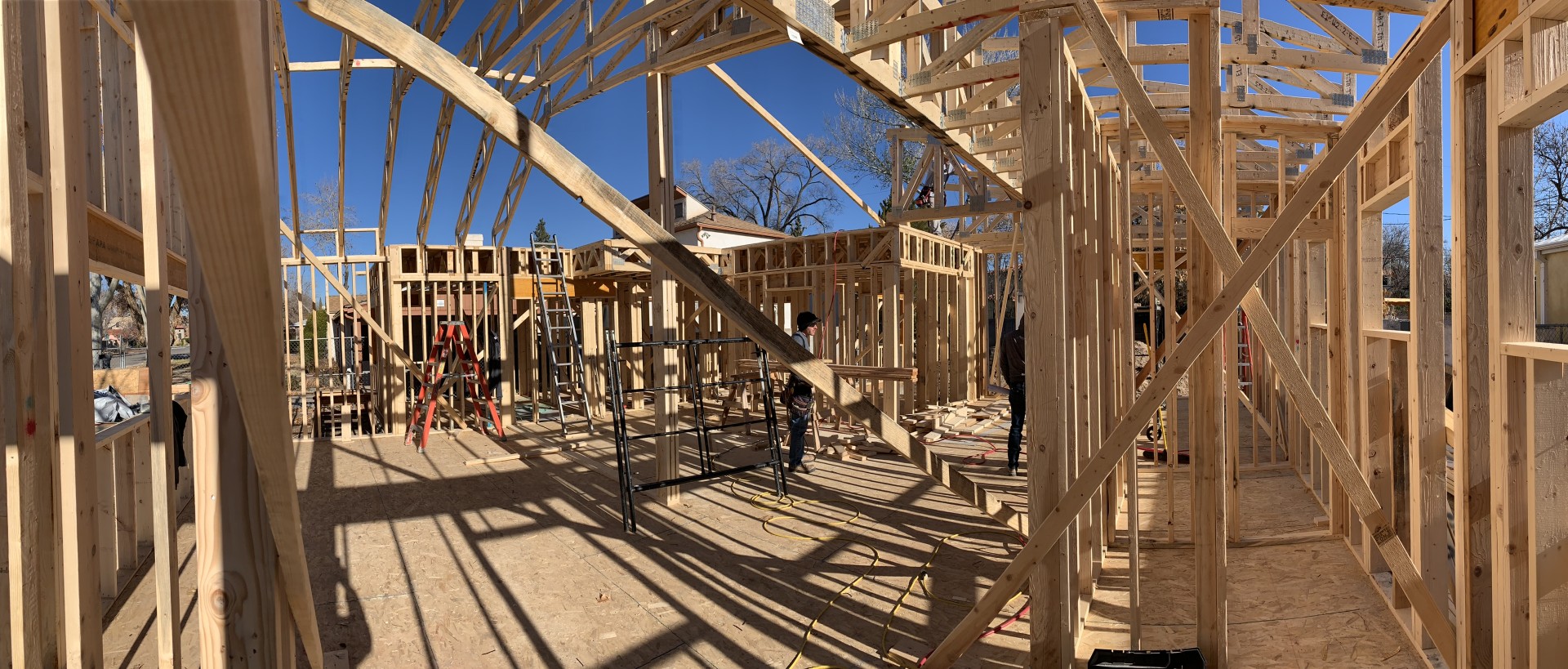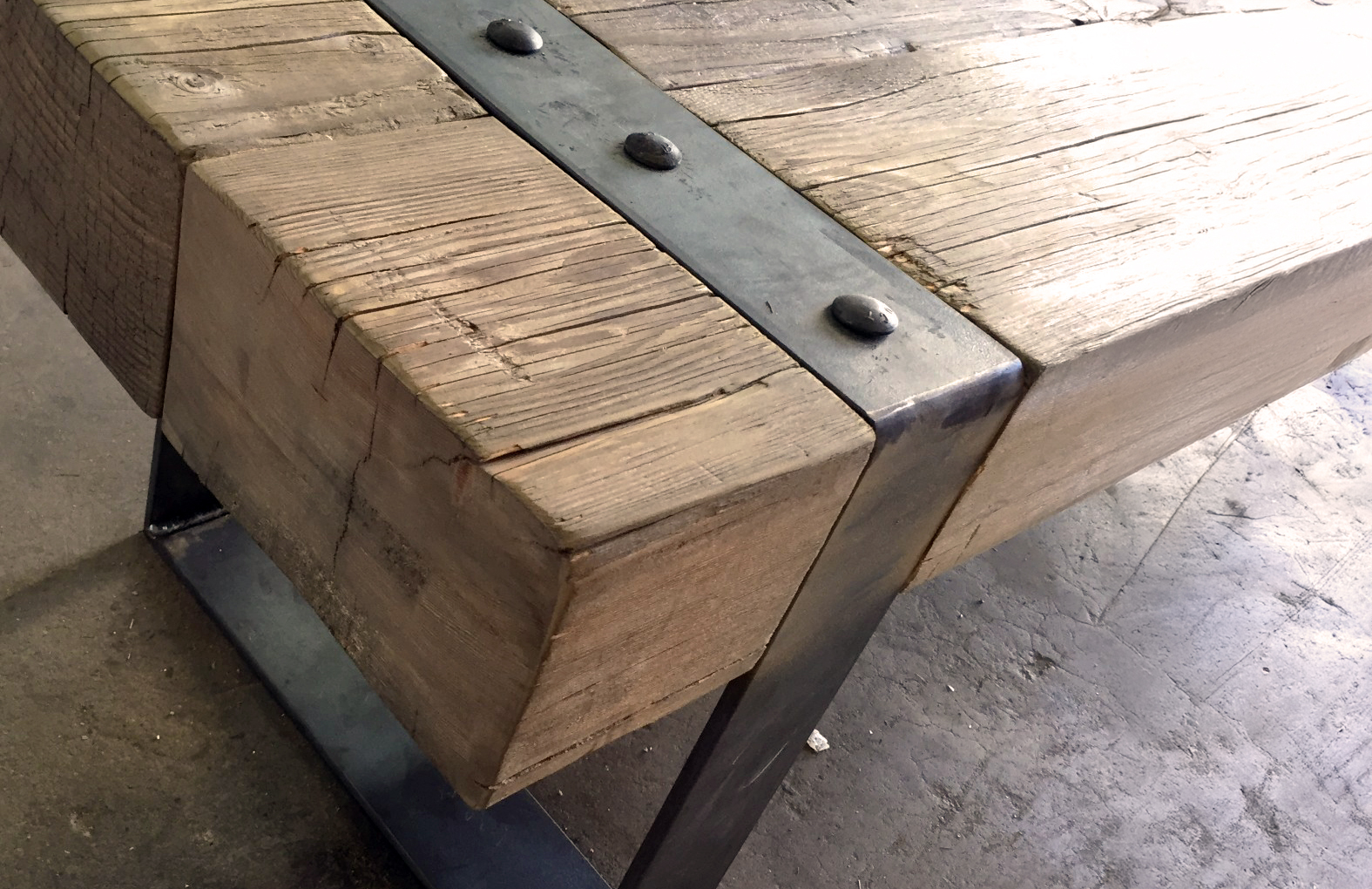Process
Designing and building a project is a unique privilege, and we recognize that it’s an experience not everyone has the opportunity to pursue. Each project is approached as a collaborative effort, where teamwork is essential to navigating the thousands of decisions that shape the outcome. While the process can feel complex, we focus on maintaining a positive and solutions-oriented mindset. This approach not only makes the journey more enjoyable, but also ensures that the design build process remains aligned with the larger vision and goals we are working to achieve together.
Design.
Our design process is a thoughtful and collaborative journey that transforms ideas into built reality. It begins with gathering information about your goals, lifestyle, site conditions, and budget to shape the project’s scope. From there, we move into schematic design, developing initial concepts and layouts to explore how your space can take shape. As we refine the vision during design development, we begin selecting materials and coordinating with engineers to ensure every detail aligns with your vision.


Build.
We offer both bids and detailed cost estimates for the build-out of commercial and residential projects. Our team also provides full project management services to ensure a smooth construction process from start to finish.
Fabricate.
When a project calls for something truly unique, our design office and in-house fabrication shop join forces. This combination blends creativity and craftsmanship to produce custom steel and wood elements that bring your space to life.


